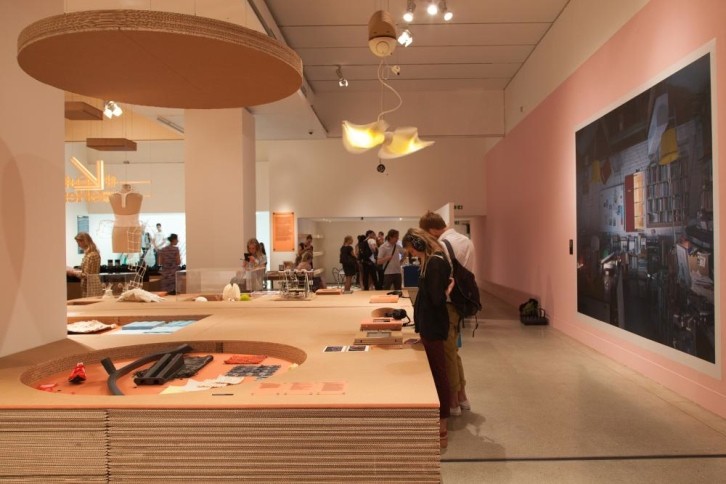Weaving is what started Toyota and propelled it into the auto industry. Sakichi Toyota, the founding father of today’s Toyota Motor Corporation, designed his first loom in 1890 and then patented a world class automatic weaving machine in 1924 that was a great hit at the time. The success brought sufficient income for his son Kiichiro to start making vehicles in the 1930s.
But weaving was not forgot somewhere in the past, as Toyota combined this manufacturing art with vehicle production technology, therefore inventing the Circular Lexus Carbon Loom that was used to produce ultra-strong CFRP (carbon fiber reinforced plastic) components for the Lexus LFA supercar, including floor panel, roof, bonnet and transmission tunnel.
The complicated machine can actually loom three dimensional components, unlike the traditional ones that can only make flat sheets of carbon fiber material. This way, the intricate process of creating necessary vehicle parts was reduced from half a day to just half an hour.
Lexus’ carbon fiber technology is now displayed at London’s Design Museum, which will be showcased until 29th of October. There, you can see both vehicle carbon fiber components and video presentations demonstrating how Toyota’s weaving heritage continues to play a major role in its advanced vehicle manufacturing. You can see the Lexus weaving machine in the video down bellow.
The complicated machine can actually loom three dimensional components, unlike the traditional ones that can only make flat sheets of carbon fiber material. This way, the intricate process of creating necessary vehicle parts was reduced from half a day to just half an hour.
Lexus’ carbon fiber technology is now displayed at London’s Design Museum, which will be showcased until 29th of October. There, you can see both vehicle carbon fiber components and video presentations demonstrating how Toyota’s weaving heritage continues to play a major role in its advanced vehicle manufacturing. You can see the Lexus weaving machine in the video down bellow.



